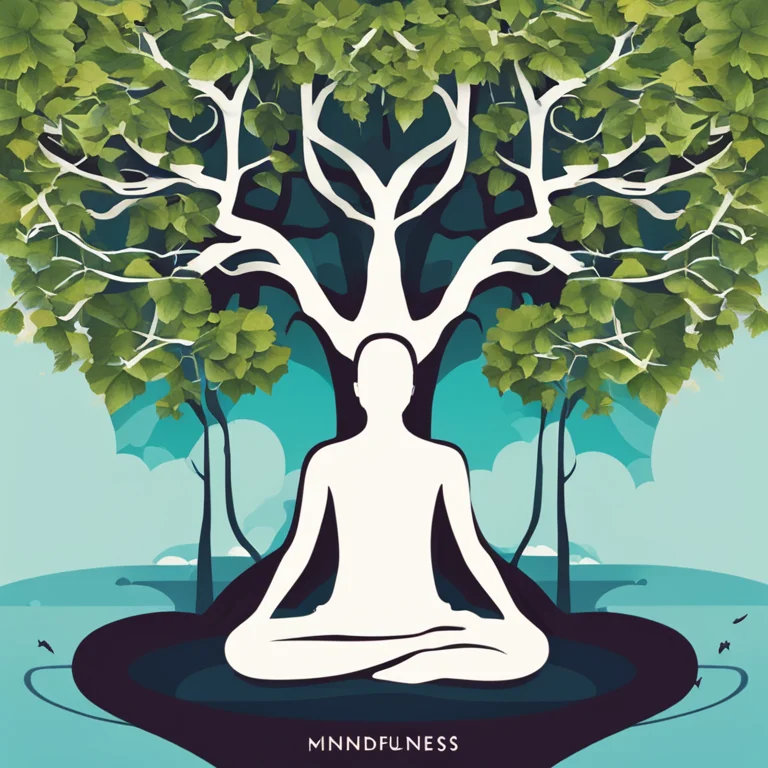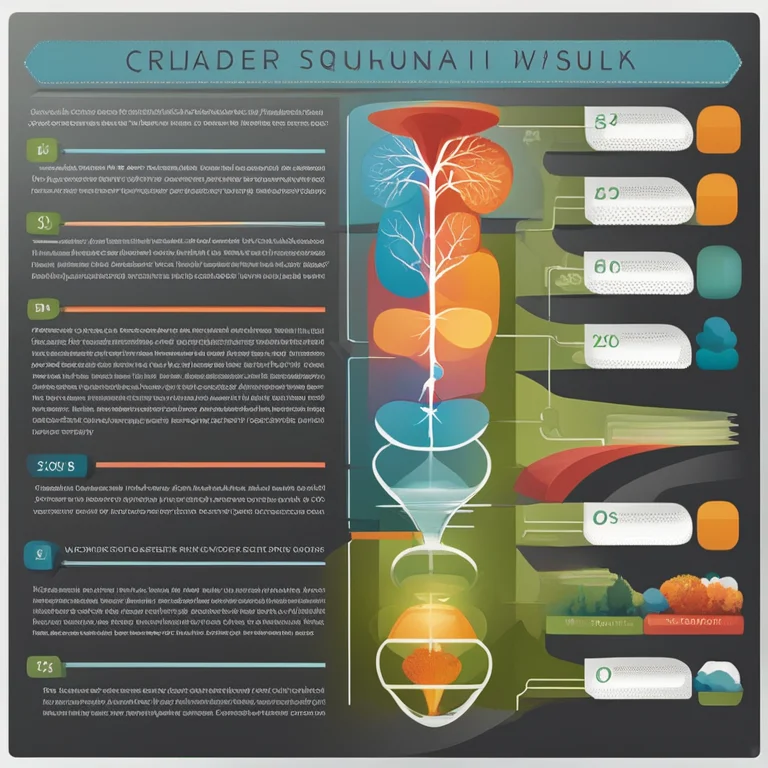
The Art of Breath in Meditation
Master the essentials of meditation breathing techniques to enhance focus, clarity, and well-being in this insightful guide.
article by Hina Kurosawa
Introduction to Meditation Breathing
Within the bustling rhythm of modern life, finding serenity can often seem like a quest for the Holy Grail. As we seek avenues to inner peace, meditation emerges as a guiding light, and central to this practice is the art of breath control, or pranayama. This article sheds light on the transformative power of meditation breathing, a simple yet profound method to influence both our physiological and psychological states, ushering in an era of tranquility and mindfulness in our daily routine.

The Physiology of Breath
Before diving into techniques, it's pivotal to understand the physiology behind our breath. Inhalation and exhalation engage the diaphragm and intercostal muscles, inviting oxygen into our lungs while expelling carbon dioxide. This oxygenation of the blood signals our brain to modulate the nervous system, offering a unique opportunity to shift from the fight-or-flight response to a more relaxed state. With each controlled breath, we nudge our body into a space of calm, inviting a wealth of health benefits.

Mindfulness in Every Inhalation
The disciplined focus on breathing keeps us anchored in the present moment, a cornerstone of mindfulness meditation. By observing the rise and fall of our chest or the sensation of air passing through our nostrils, we develop a mindfulness practice that enhances mental clarity and focus. This attention to the now is a formidable antidote to the stress and anxiety prevalent in our information-saturated age.

Techniques for Enhanced Breathing
To harness the full potential of meditation breathing, several techniques can be employed. The "4-7-8" method, where you inhale for four counts, hold for seven, and exhale for eight, is particularly effective for stress reduction. For those seeking deeper relaxation, 'diaphragmatic breathing' encourages full oxygen exchange and can even lower the heart rate. Meanwhile, 'alternate nostril breathing' harmonizes both hemispheres of the brain, resulting in balanced energy and thought processes.

Integrating Breathing with Astrological Practices
Integrating meditation breathing within the framework of astrology and other esoteric sciences can amplify the experience. Tailoring breathing practices to conform with one's astrological sign or current planetary transits allows for a customized approach to well-being. For the spiritually inclined, this synthesis taps into cosmic rhythms, creating a harmonious flow between the individual's energy and the universe.
Biorhythms and Breath
Our body's biorhythms, the natural cycles of energy within, also play a crucial role in how we approach meditation breathing. Aligning our breath with these cycles can lead to greater coherence in our physiological states and enhance the effectiveness of meditation practices. As we chart the ebb and flow of our own vitality, tapping into periods of peak performance or calm with informed breathing techniques becomes second nature.
Encouraging Consistency and Discipline
Persistence is key when it comes to meditation breathing. Regular practice begets the greatest benefits, with each session contributing to an overall sense of well-being. Begin with shorter sessions, maybe five minutes a day, and increase the duration as comfort with the techniques grows. The journey of meditation breathing is as much about consistency and discipline as it is about relaxation and release.
Published: 1/9/2024
Modified: 1/9/2024
More predictions
Come back here soon to learn more about yourself and your future


The Harmony of Meditation & Sleep
Discover how meditation enhances sleep quality and overall well-being through mindful practices and relaxation techniques.


The Harmony of Meditation and Sleep
Discover the synergistic benefits of meditation for enhancing sleep quality and overall well-being in this insightful article.


The Serene Path: A Guide to Meditation Retreats
Discover the transformative journey of meditation retreats and how they can enhance your spiritual practice in a serene environment.